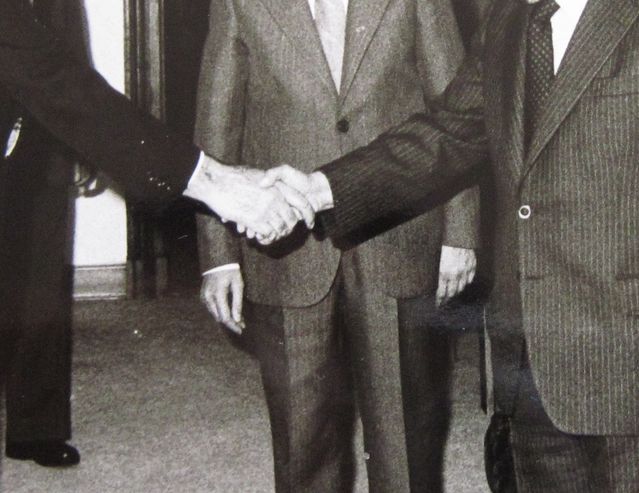
Intelligence
How Your Words Mask or Reveal Power and Compliance
Linguistic analyses explain causal constructions and their moral repercussions.
Posted October 9, 2017
In her book, English: Meaning and Culture (2006), linguist Anna Wierzbicka zooms in on the many causative constructions in the English language that allow speakers to vary the extent of focus they place on how much a person tried to cause another person to do something. In other words, these causal constructions can mask or reveal how much someone imposed upon someone’s else’s autonomy.
For example, she provides these 11 interpersonal causative construction types that use the keywords make, have, and let (Wierzbicka, 2006, page 172):
- X made Y do something intentionally (e.g., X made Y wash the dishes)
- X made Y do something unintentionally (e.g., X made Y cry)
- X made Y adjective (e.g., X made Y furious)
- X had Y do something (e.g., X had Y wash the dishes)
- X had something done to X’s Z (e.g., X had her boots mended)
- X had Y doing something (e.g., X had Y staying with her)
- X got Y to do something (e.g., X got Y to wash the dishes)
- X got Y adjective (e.g., X got Y furious)
- X got herself participle (e.g., X got herself kicked out)
- X verb-ed Y into doing Z (e.g., X talked/tricked Y into resigning)
- X verb-ed Y doing something (e.g., X kept Y waiting)
Wierzbicka suggests that these constructions convey key information about the causer (X) and the causee (Y), including their relative social positions, and Y's apparent compliance.
For example, both the make and have constructions imply that X outranked Y. Yet they differ in terms of Y’s apparent compliance.
Compare: “Mark made Allen close the deal,” and “Mark had Allen close the deal". The have-construction implies the causee Allen “cooperatively perform[ed] the causer’s will” (2006, p. 176). By contrast, the make-construction clearly implies that the causee Allen did not want to close that deal (2006).

The encoded differences in compliance by the causee, or object (Y) have morally-relevant repercussions for the usage of the make and have constructions.
Whenever one uses the make construction, this suggests that X imposed upon Y’s personal autonomy in a forceful manner (because of the implied lack of compliance by Y). This will have the effect implicating X as blameworthy, and also potentially preserving Y’s dignity by removing Y from responsibility for whatever occurred.
But notice that "X had Y do something" does not suggest that X imposed upon Y’s personal autonomy with force. As such, this construction is not useful for blaming X or conveying that boundaries were forcefully overstepped but is handy for preserving an impression of peaceful hierarchical relations. Moreover, Y is still seemingly at least partly responsible for whatever X had him/her do.
What might other causative constructions mask and reveal? Number nine is a striking example of a disappeared agent. When one hears “Jack got himself evicted,” one might wish to consider (at least) another way of understanding such an event. Why has the agent of the eviction been disappeared from this sentence? What might be the speaker’s motivation in having me believe Jack and not the agent of the eviction caused the eviction?

Wierzbicka argues that the abundance of causative constructions in modern English is linked to the development of democracy. She hypothesizes that a shift to democratic social functioning required ways for people to communicate in which many people could be managed, but not through orders. Instead, she speculates, there needed to be ways to convey that a person wanted something done that allowed for the person being asked to maintain their sense of personal autonomy (2006).
The resulting multitude of ways that we can convey causation in English is both a blessing and a curse. It allows one to maintain a sense of self as a free agent. It also allows for tremendous wiggle room in meaning, such that it is can become troublingly unclear as to who made things happen, who was/is responsible, and who is at fault or to blame. Wierzbicka offers some linguistic guidance with her deep and fascinating social-cognitive, culture-specific account.

References
Wierzbicka, A. (2006). English: Meaning and Culture. Oxford University Press: Oxford, UK.



